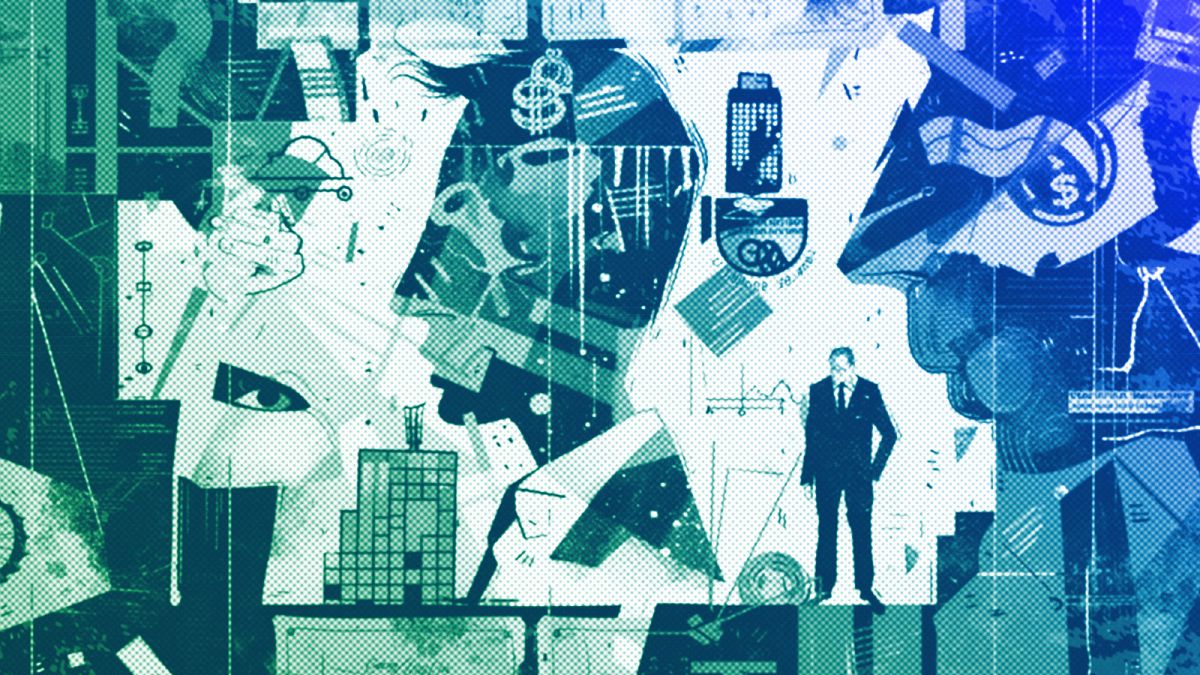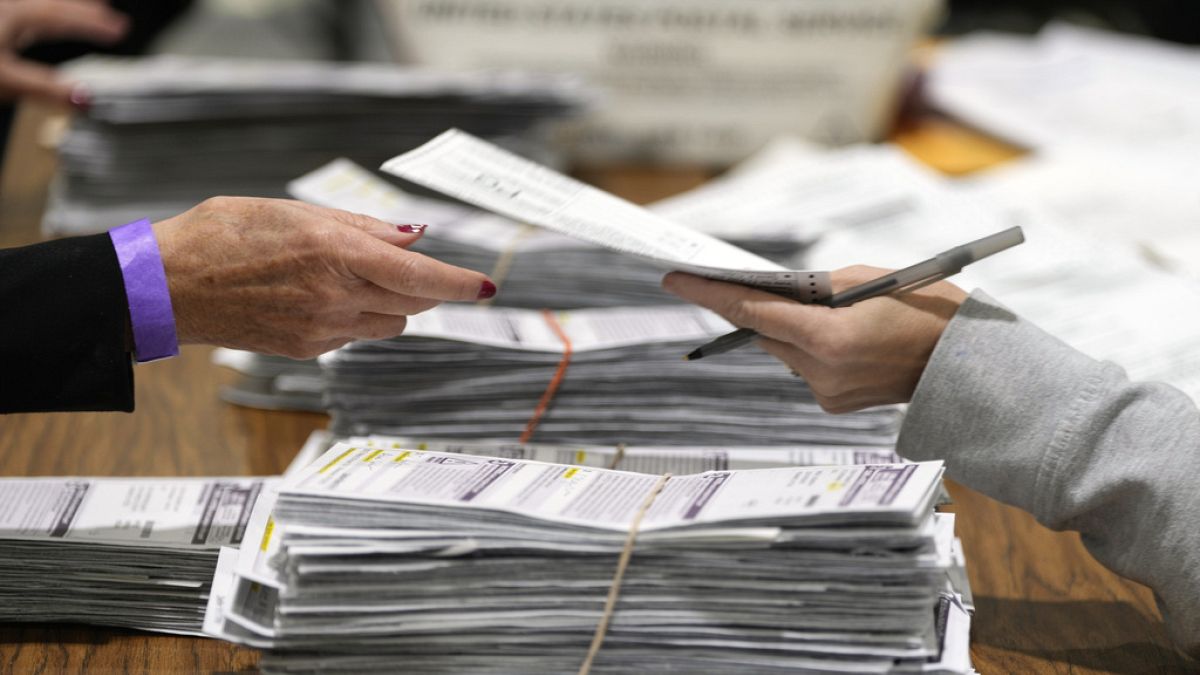Mario Draghi’s plan to fix a broken Europe already looks impossible
The Draghi report is full of good intentions to mend a continent losing its way. But while the vision is bold, the politics are practically impossible.

BRUSSELS ― Mario Draghi’s outlook for Europe is grim. What’s worse is though he knows how to make it better, he probably can’t.
“We’re going to be a society that basically shrinks,” the former European Central Bank chief said in Brussels on Monday as he presented his ideas to relaunch the economy and hold back the tide of American and Chinese dominance.
It was his 77th birthday last week and maybe those celebrations played a part in the bleak analogy: “We share this cake which becomes smaller and smaller ― with a smaller number of people.”
The diagnosis he put forward as Europe slides into the economic wilderness is widely shared by experts. What to do about it is the hard part.
Bad design, too expensive, haphazard
What’s clear is the European Union has a major productivity problem. Its workers generate less output per hour than those in the United States.
Much of this is to do with technology. Over the past 20 years America has dominated the transition to digital while Europe has largely been absent.
There are probably as many reasons for Europe’s woes as Draghi had birthday candles: The EU is hampered by badly designed financial markets; energy is too expensive; R&D is haphazard and split among many different countries; its increasingly polarized politics makes agreement on anything as frustrating and as painful as pulling teeth.
In short, Europe is less than the sum of its parts.
And a snapshot of the past two decades, provided by Draghi on Monday, presents just one example how.
“The leading firms in research and investment-spending are the same ones we had 20 years ago ― cars,” he said. “The United States used to be the same, autos and pharma, 20 years ago. Now it’s all digital.”
China isn’t just catching up. In areas like the electric vehicle industry, it is even leapfrogging Europe.
Magic wand
Draghi’s vision of how to respond, one focused on clean energy, high-tech and resilience, is ambitious. The proposals span energy market reform, looser merger rules and ― one for the Brussels nerds here ― even changes to the EU’s legislative consultation process (known in the jargon as “comitology”).

He wants to put some serious financial firepower behind the project: an extra €800 billion a year in private and public investment, which would be an unprecedented leap in spending for a continent still unsure about whether it should be trying to splash the cash or balance the books.
If a wand could be waved and all these solutions implemented there’s no question that it would put rocket boosters under the European economy.
But his 77 years must have taught Draghi, like all current European politicians and all the ones that came before, that no such wand exists.
The EU legislative process is cumbersome, slow and held up by a dissenting minority at every turn.
‘Germany won’t agree’
Nowhere is the problem more acute than when it comes to money.
Draghi wants more joint borrowing. Having always been seen as a great taboo, the EU introduced it in a limited way during the Covid pandemic to help pay for economic recovery.
But a repeat appears to be blocked by a group of countries such as Germany and the Netherlands, which have low levels of debt and are loath to backstop their more indebted neighbors.
The problem isn’t theoretical. Less than three hours had passed after Draghi finished his presentation before Germany’s Finance Minister Christian Lindner said that “Germany will not agree” to joint borrowing.
So much for that then. And it shows why there are limits to many of Draghi’s ambitions. More “own resources,” Brussels talk for EU-level taxes, require every country to agree to them before they can be introduced. And that seems almost impossible in this political landscape.
Other sources of cash, like tapping into EU funds set aside to help less-developed European countries catch up, run into similar political problems.
Tortured and broken
There’s much good to be said about both Draghi and the report. For those used to the slanted, carefully hedged language typical of the European Commission bureaucrats, Draghi was refreshingly direct, even blunt.
A diagnosis is a first step, but it’s no guarantee of finding a cure.

The British historian Perry Anderson described how bureaucrats in the Ottoman Empire tried in vain to reform their dying state. Despite countless reinvention it “simply became ever more tortured and broken,” he wrote.
How can Europe’s leaders prevent that from happening to them? The Continent’s decline isn’t preordained. It’s bounced back before. No one could have expected the economic miracle that followed the two world wars and which saw the size of Western Europe’s gross domestic product (GDP) per head close in on the U.S.’s.
And the sharp shocks of the past two decades, like the financial crisis and Covid, did finally prompt governments to set aside their parochial interests and kick-start reform.
But it’s one thing to survive a crisis. A slow boil is different. A 1 percentage point slower growth is almost imperceptible over a year, but over a decade or two it becomes an unbridgeable gap.
Meanwhile, the cake keeps getting smaller.
What's Your Reaction?



















































